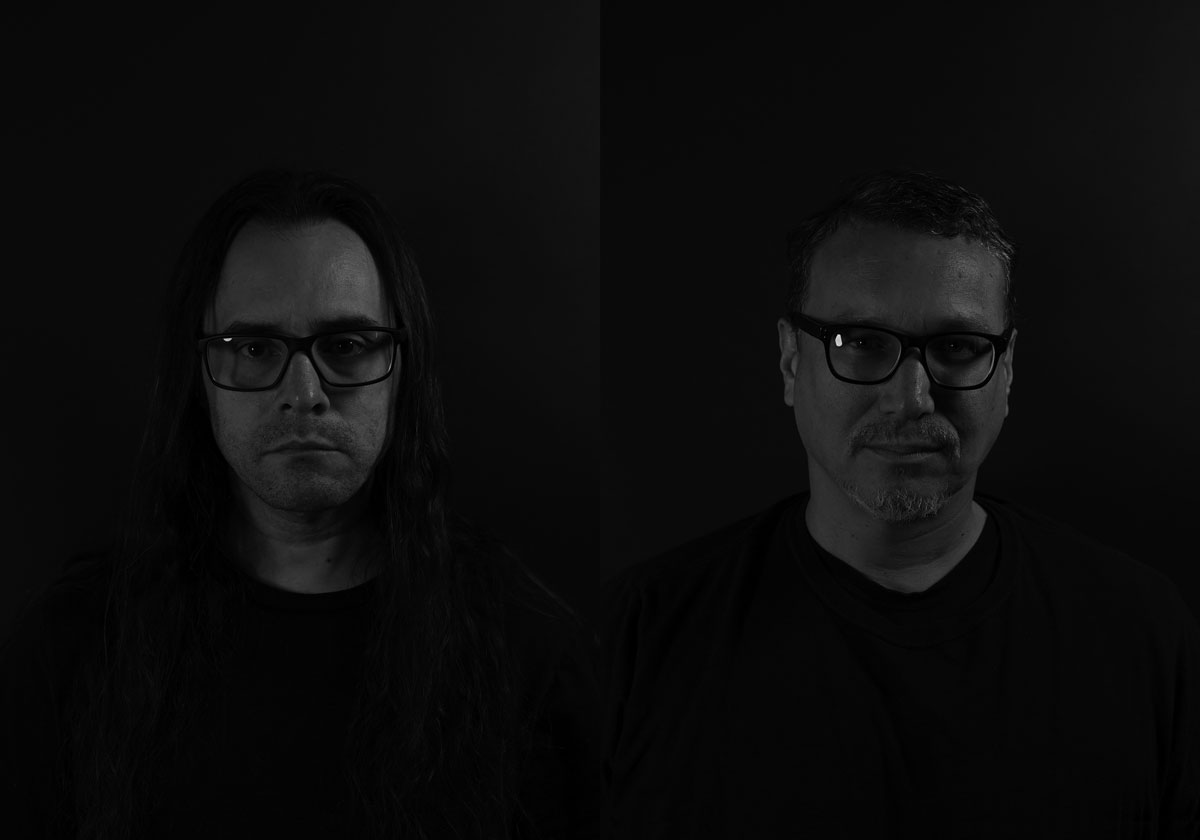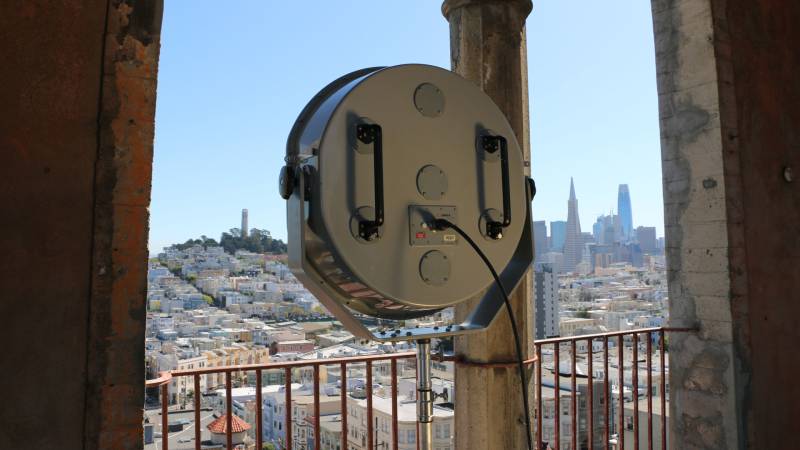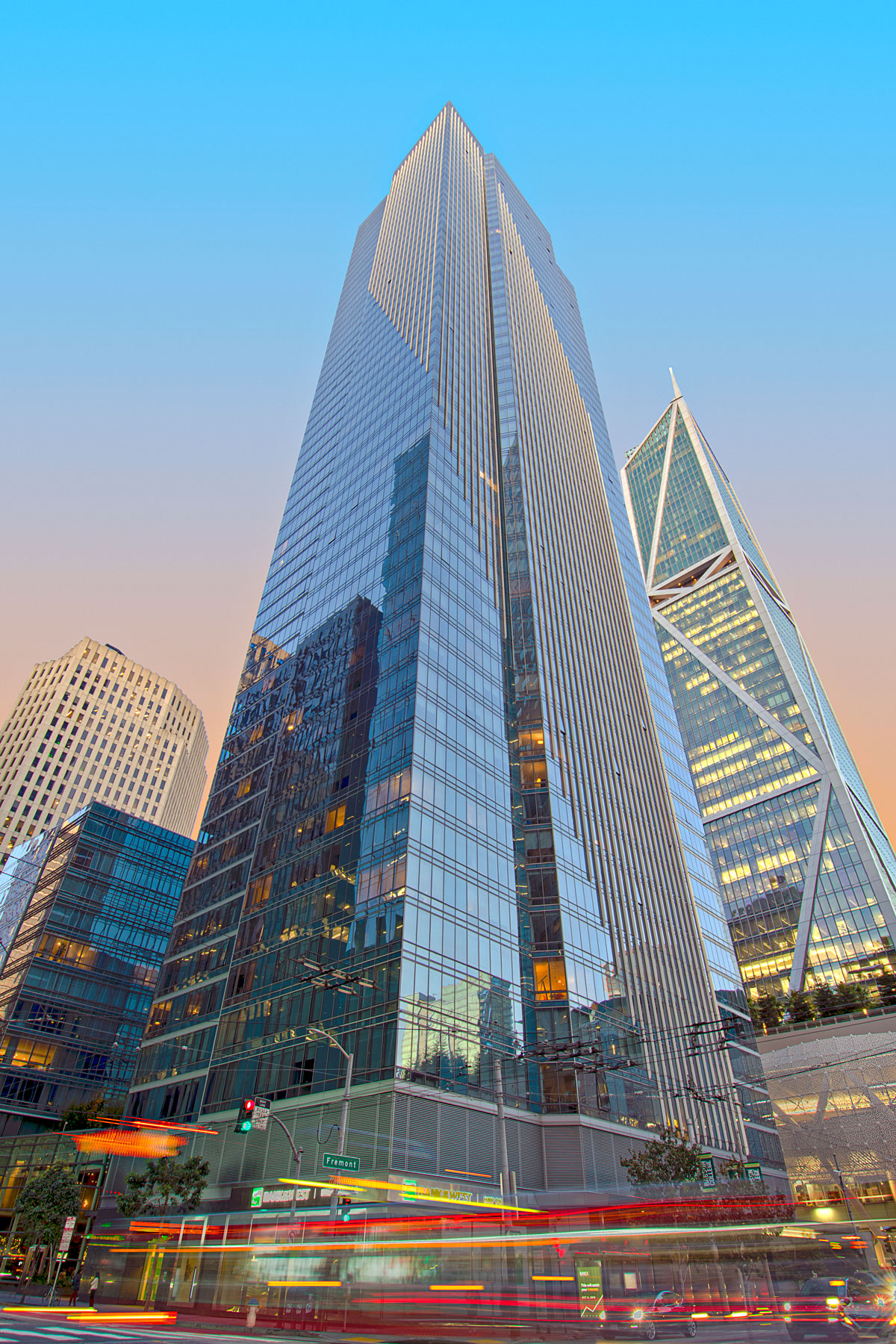As I type this in KQED’s temporary downtown offices, I sit one block northeast of the now-infamous Millennium Tower. And though the tower leans northwest (sorry Salesforce) as it sinks at a rate of just over an inch per year, that slight variation in direction isn’t much comfort. The Millennium Tower looms over us all.
Completed in 2009 and discovered sinking in 2016, the Millennium Tower is not just a physical threat to those who work in its tilted path or dwell within its luxury condominiums. In its years of controversy, this shiny, aesthetically unremarkable structure has come to represent the blithe arrogance of a certain sector of the Bay Area economy. Its sinking and tilting? Cosmic retribution.
In that mindset, the Millennium Tower portends the inevitable collapse of everything that has made this place change so dramatically: wildly speculative markets, questionable technologies, ridiculous IPOs. And that symbolic status is what makes it a prime target for conceptual art.

For Postcommodity (the indigenous art collective of Cristóbal Martinez and Kade Twist), the sinking Millennium Tower is inspiration and raw material. Using scientific data from court documents filed in tower residents’ suits against the developers and other parties, Postcommodity built software that translates the tower’s rate of sinking into daily four-minute soundscapes. Unless the tower is fixed or torn down, The Point of Final Collapse, as the piece is called, will continue to grow more and more dense, its snippets of audio potentially overlapping as the composition’s complexity deepens.
The content of those daily soundscapes is equally important to the artists: samples include dialogue from audio sensory meridian response (ASMR) tracks, binaural beats, chakra tones and whale songs. These are sounds meant to relax and heal—sounds gathered from a growing “wellness industry” Postcommodity regards with equal suspicion. Would we need crystals in our water bottles, their piece argues, if we weren’t in the throes of late-stage capitalism (and its discontents)?




